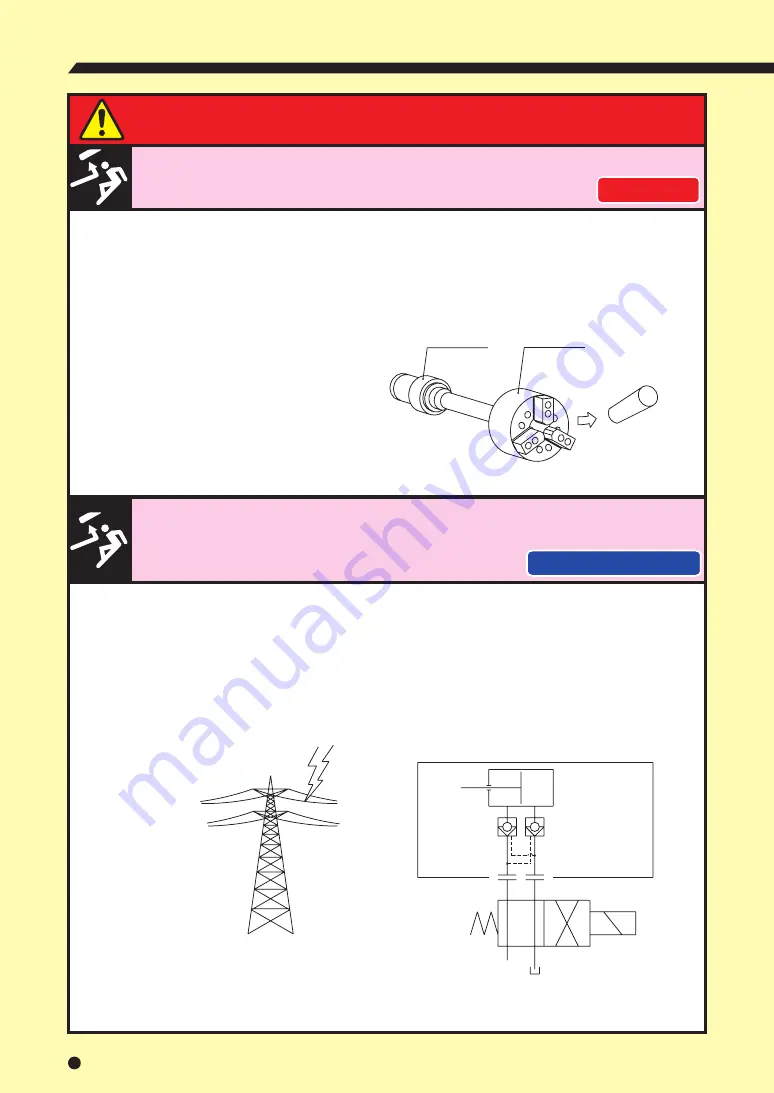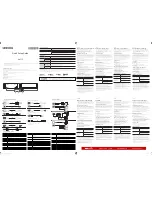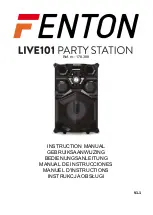
9
10
Use of a chuck and cylinder that cannot be used together safely may cause
the cylinder to break at high pressure resulting in the chuck
and work flying out.
For All Users
・Check that the chuck and the cylinder are in the safe combination when using at high pressure
with our company or the distributor. Especially when the cylinder of our company and a high
pressure chuck of other company are combined, confirmation is necessary.
・If one of the abnormal events shown below occurs during operation, immediately stop the machine
and consult with our company or the distributor.
・The work slips.
・Loss of accuracy.
・The work begins to chatter.
・The machine's vibration significantly
increases.
・The gripping force does not rise even
if hydraulic pressure is raised.
・If the hydraulic pressure suddenly drops due to blackout or malfunction of the hydraulic pump, etc.,
this is dangerous as work will fly out.
・Lock valve retains the hydraulic pressure inside the cylinder temporarily, when the hydraulic
pressure suddenly drops due to blackout or malfunction of the hydraulic pump, etc.
Use a cylinder with a lock valve (safety valve, check valve) incorporated in case of sudden
hydraulic pressure drop due to blackout, malfunction of the hydraulic pump, etc. Further,
use a solenoid valve with a circuit that retains the gripping
position when no current is carried.
10
Provide sufficient strength for the draw pipe (Refer to pages 23-24).
Provide sufficient screw depth for the draw pipe.
Firmly tighten the draw pipe.
Apply adhesive to the thread part of the draw pipe
and screw it in at the specified torque.
・If the draw pipe break, the gripping force
is instantly lost and this is dangerous as
work will fly out.
・If the screw depth of the draw pipe is
insufficient, the screw will break and the
gripping force will be lost instantly, and
this is dangerous as work will fly out.
・If the draw pipe is unbalanced, excessive
vibration could occur breaking the screw
and resulting in the gripping force being
lost and the work flying out.
・When screwing the draw pipe, piston to
the end of the pressing side stroke.
・If the engagement of the screw of the
draw pipe is loose, vibration may occur
resulting in breakage of the screw. If the
screw breaks, the gripping force will be
lost instantly, which is dangerous as the
work will fly out.
・When the screw is loosened, the jaw
stroke of the chuck becomes shorter and
this is very dangerous as the work will fly
out.
Do not modify the cylinder.
For All Users
・Doing so may damage the cylinder and cause oil leakage which could result in a fire.
And if the hydraulic oil leaks, the gripping force of the chuck will lower and the work may fly out,
which is dangerous.
・Do not attach additional machining such as screws.
・Do not detach parts of the cylinder from the cylinder.
Do not rotate the cylinder without hydraulic pressure.
For All Users
・Doing so could cause seizing inside the cylinder, leading to a drop in the gripping force of the chuck.
This is dangerous as work will fly out.
Important Safety Precautions
Failure to follow the safety precautions below will result in
serious injury or death.
DANGER
Failure to follow the safety precautions below will result in
serious injury or death.
DANGER
For Machine Tool Manufactures
For Machine Tool Manufactures
Failure to follow the safety precautions below could result in
serious injury or death.
WARNING
Type
Tightening torque
S1036
S1246・S1246L
S1552・S1552L
100 N・m
150 N・m
280 N・m
Type
Tightening torque
S1875・S1875L
S2091・S2091L
S2816
340 N・m
380 N・m
800 N・m
Chuck
Cylinder
FLY OUT
P
Piston
WORK
Cylinder
Back plate
Chuck
Draw pipe
Cylinder adapter
Solenoid valve
The grlipping position must be retained.
Loosening
Lightning
=Blackout
Lock valve
Cylinder
Gripping
Summary of Contents for S1036
Page 31: ......











































